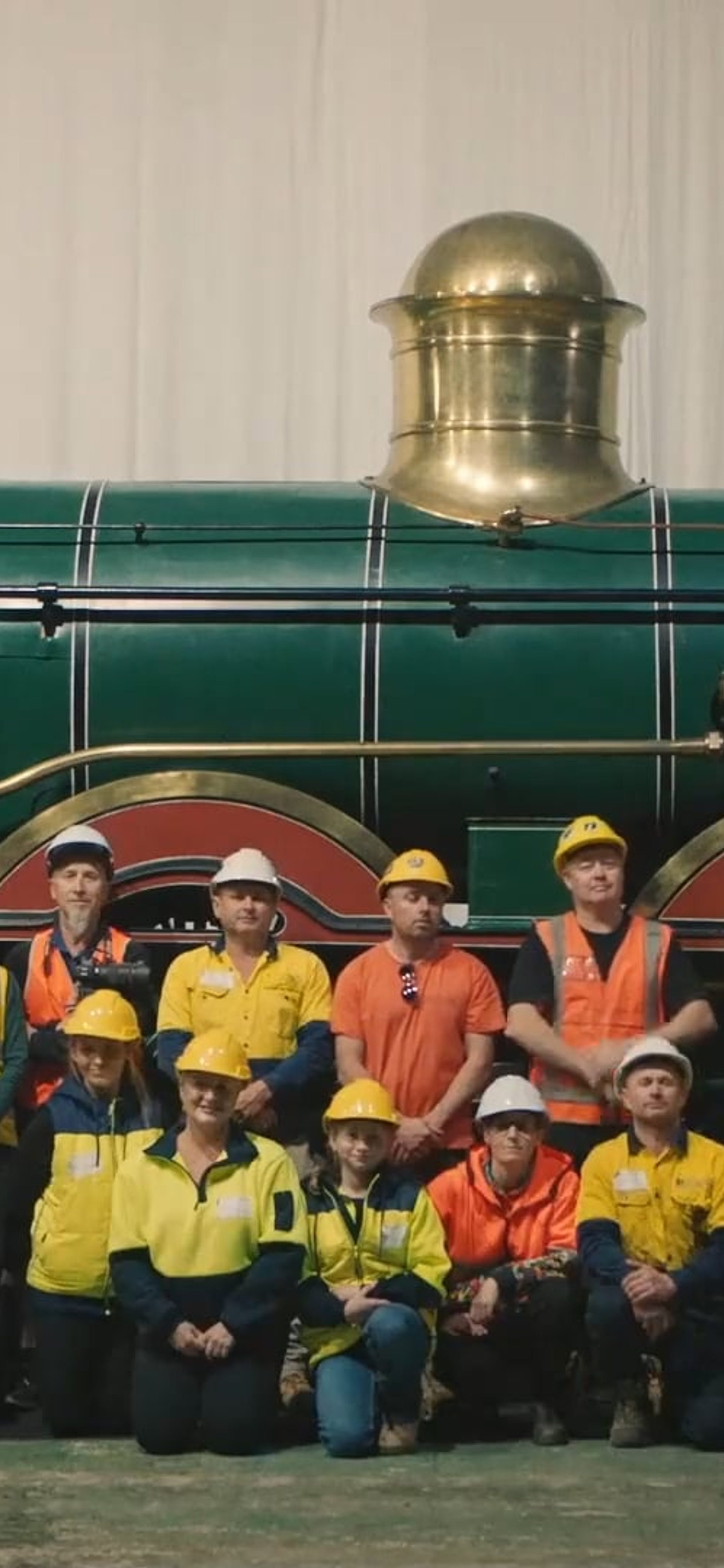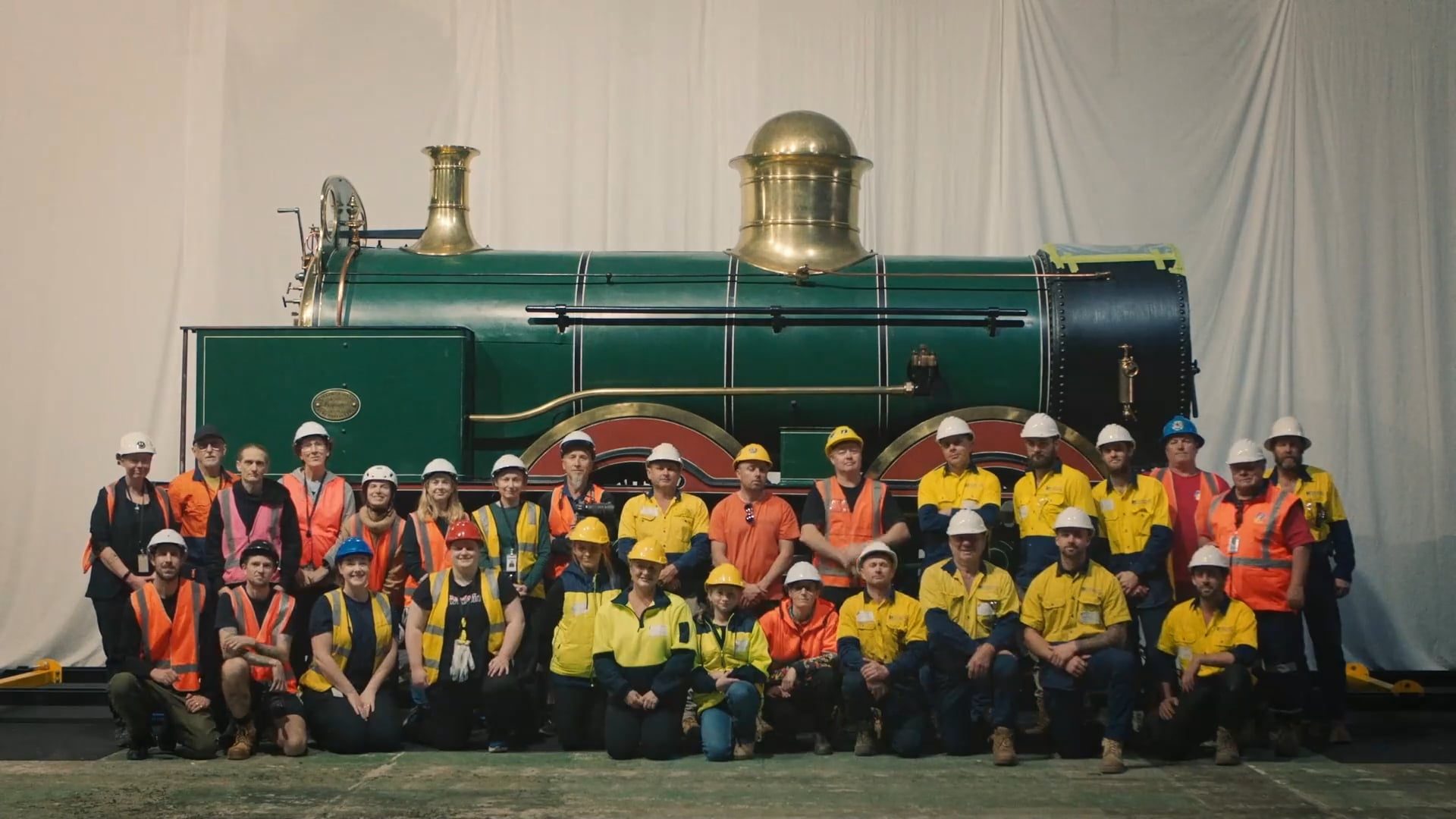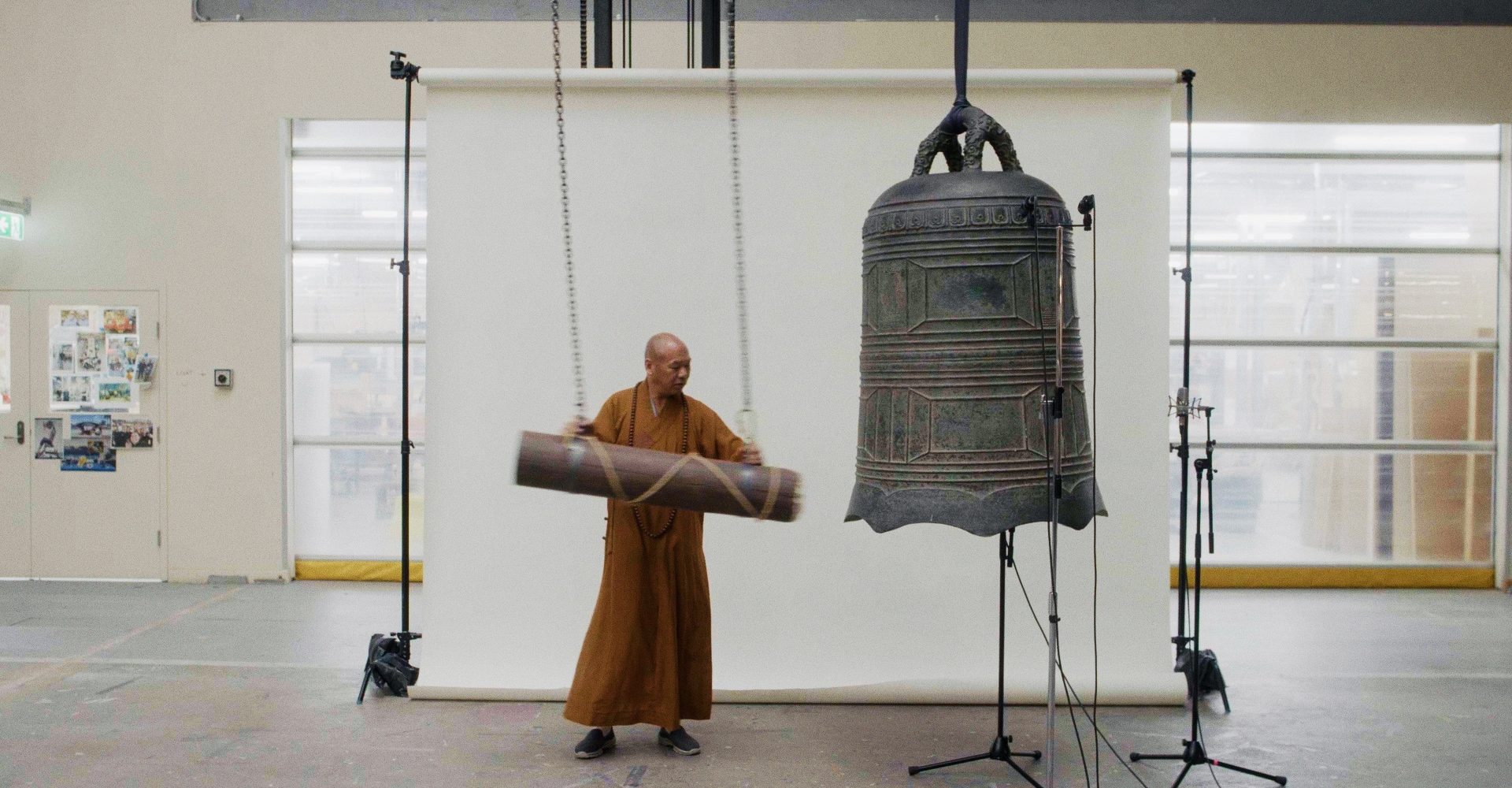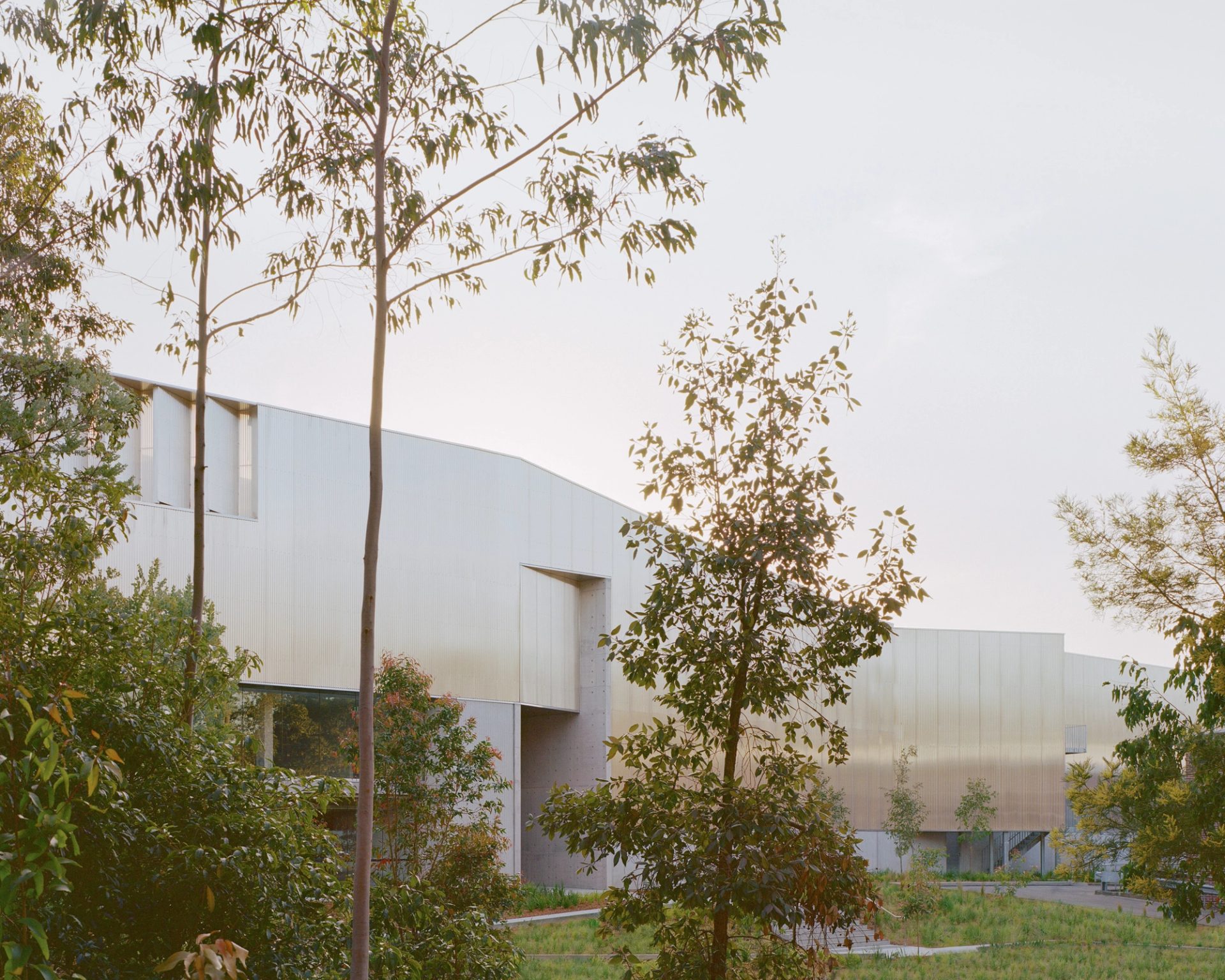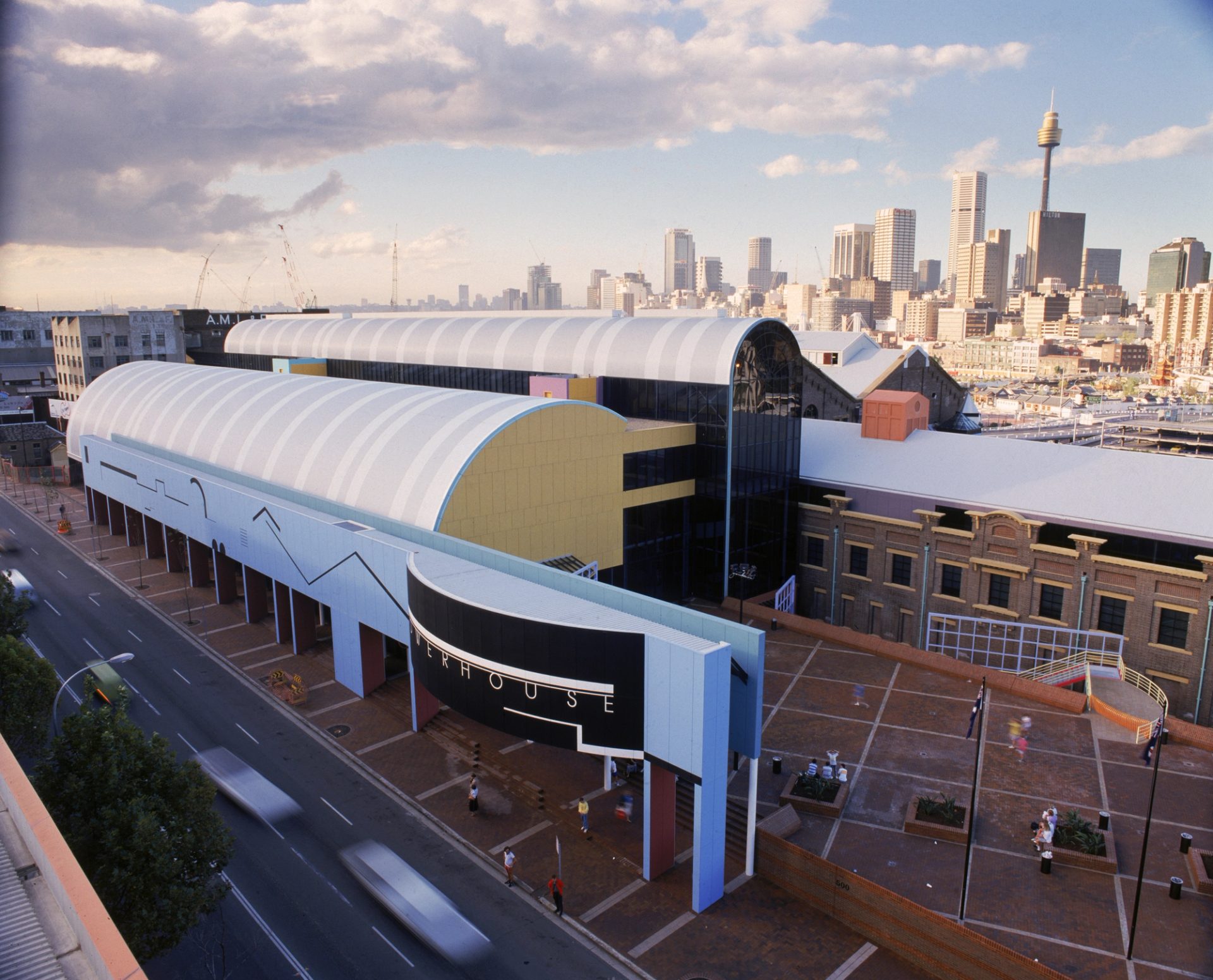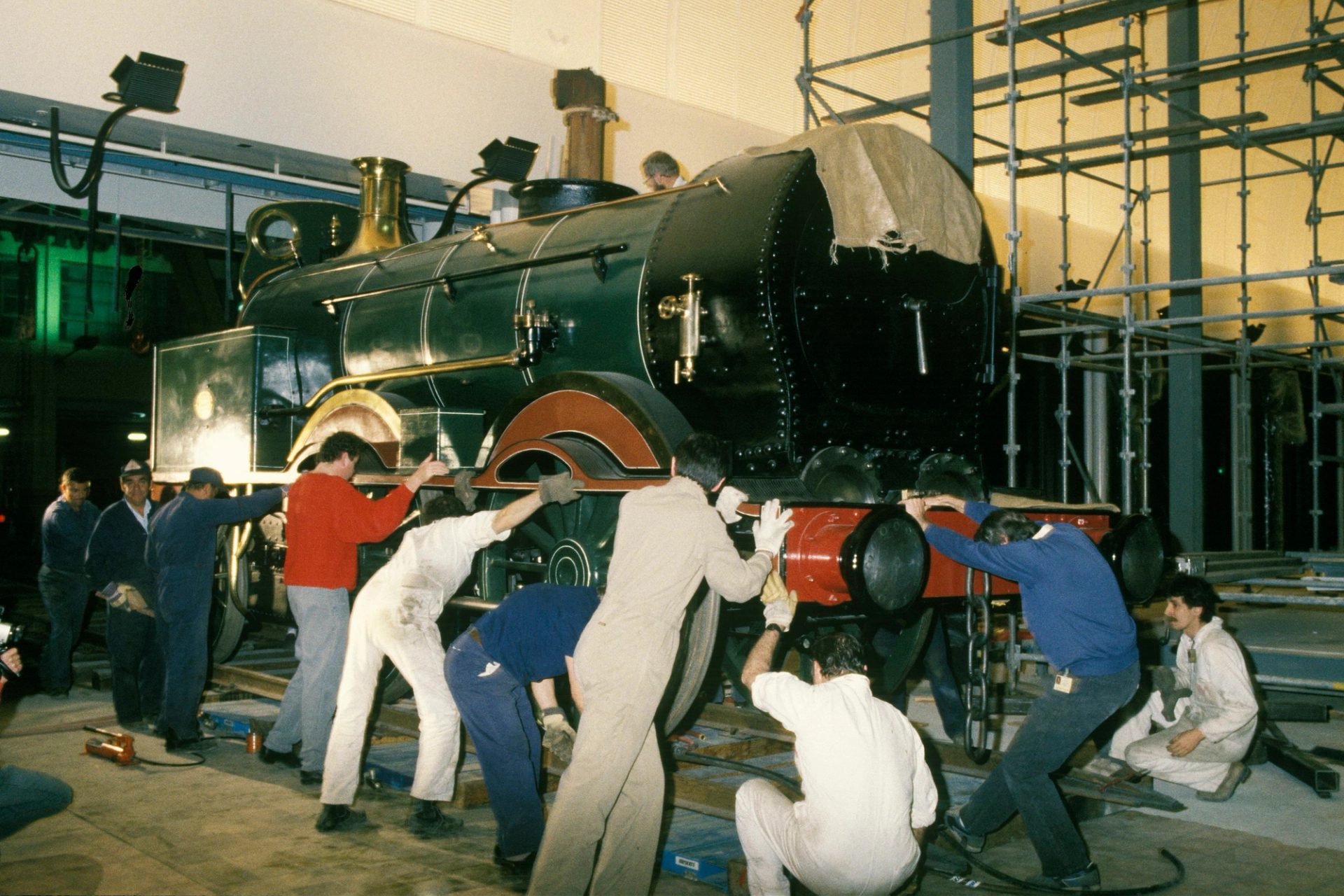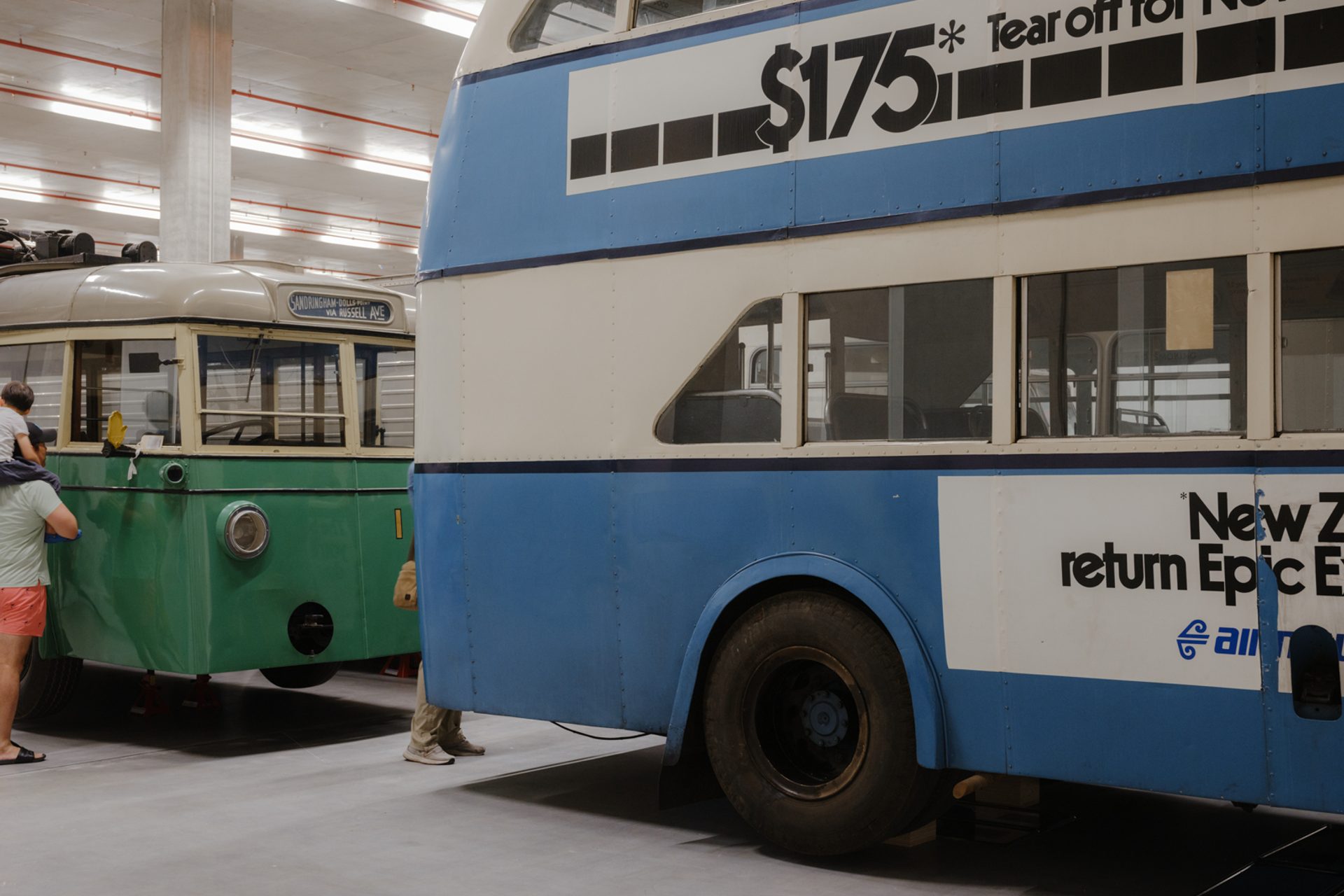Safe Carriage: Moving an Icon

‘We did it quietly, efficiently, safely. And the more we keep quietly, successfully doing these things, hopefully the more people will realise how much we understand and care for our objects.’
As part of the project to relocate more than 3000 museum objects ahead of the $300 million heritage revitalisation of Powerhouse Ultimo, the moving of Locomotive No. 1 became a priority task and key challenge for Charm Watts, manager of Collection Logistics at Powerhouse. Here the story of its recent journey to Powerhouse Castle Hill is recounted by Watts, as told to Powerhouse senior editor Michael Fitzgerald.
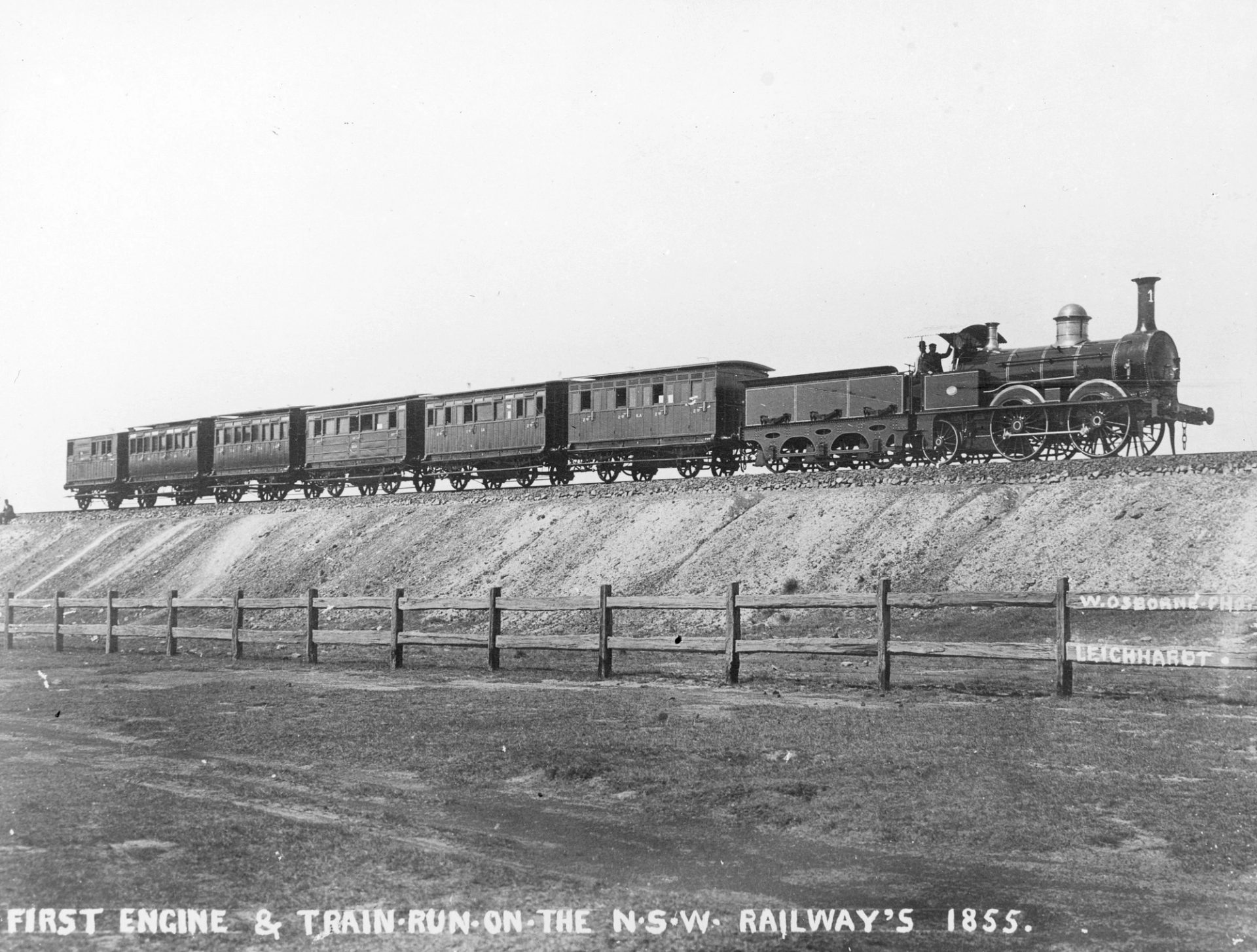
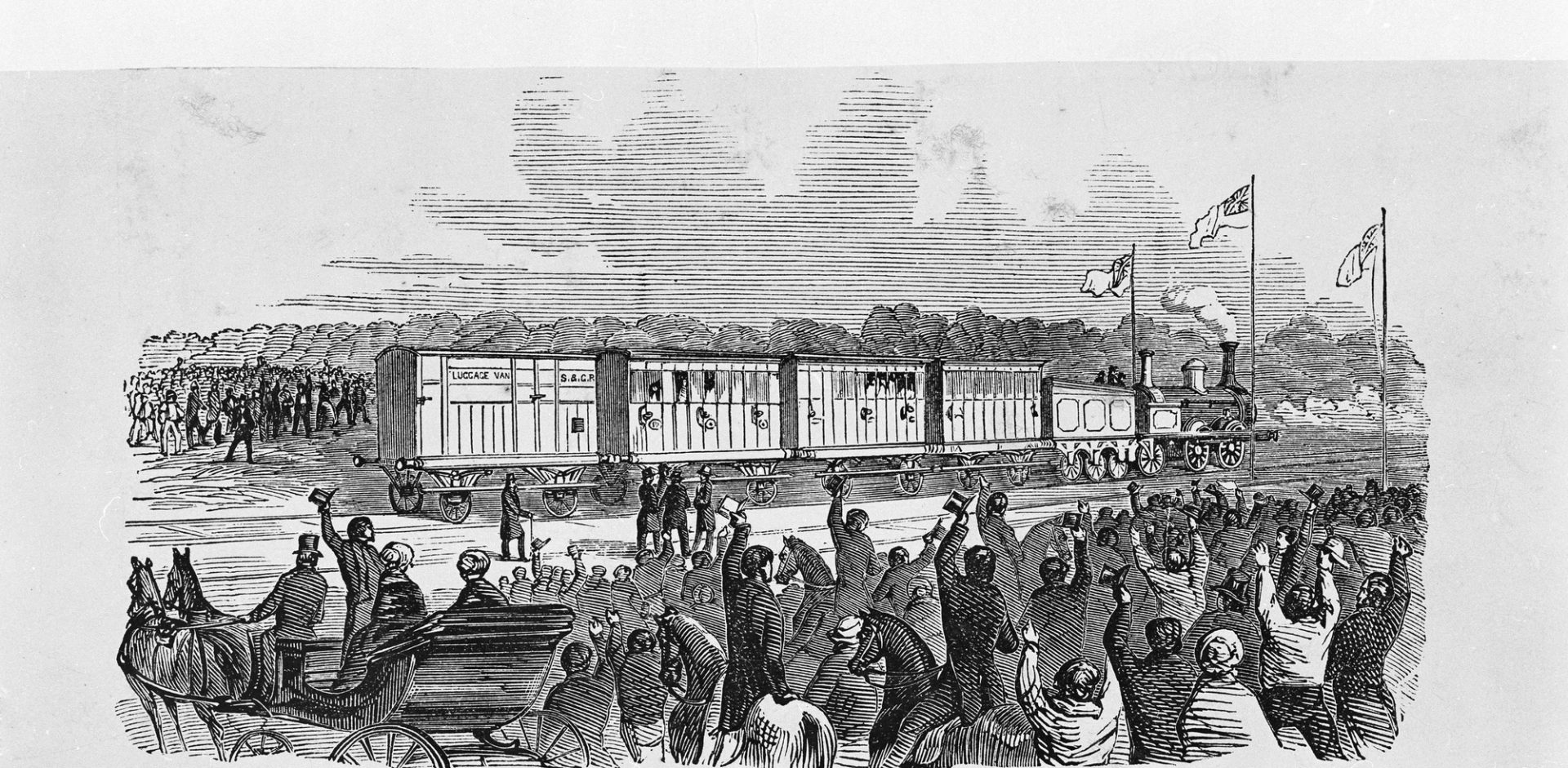
When Locomotive No. 1 arrived from England on board the John Fielden in 1855, it took a team of 20 horses to haul the 46-tonne engine and tender from Circular Quay to Slade’s paddock near the old Eveleigh railway workshops. Then during its 22 years of operation as the locomotive of New South Wales’ first passenger train, No. 1 seemed to move effortlessly from under its cloud of steam. In retirement it moved a further four times for public display before being lowered by air skates into the Wran Building for the opening of Powerhouse Museum in 1988, unveiled in its newly restored livery of Brunswick green, red and black. For the next 36 years, it appeared immovable as the Ultimo museum’s iconic and unofficial mascot.
But on a cold winter’s night on 18 July 2024, No. 1 was set in motion again, in an elaborate logistical exercise that saw the locomotive dispatched 27 kilometres to its new home at Powerhouse Castle Hill. In lieu of the 20 horses that carried it in 1855, the brunt of the heavy lifting in the final stages of its latest journey was provided by a tiny red motorised trolley, just 140 centimetres in length. ‘I call it the Red Radio Flyer,’ says Charm Watts, manager of Collection Logistics at Powerhouse. ‘It’s all electric, and we use it to tow aircraft, trains, cars, anything. It’s pretty fabulous.’
The Multi-Mover pedestrian tug was but one small yet crucial element in No. 1’s relocation that Watts describes as a ballet of many moving parts. Four years in the planning, and ahead of the $300 million heritage revitalisation of Powerhouse Ultimo, the locomotive’s move (along with its tender and three carriages), was among the most anticipated of more than 3000 objects – and one weighted in complexity and emotion. ‘It’s our A-list object,’ says Watts. ‘There‘s a lot of passion that sits around this thing. There's a lot of experts out there. There’s a lot of people who said it would never move.’
Watts is a leading expert in the manoeuvring and movement of museum objects. While working at the National Gallery of Victoria, she flew with Andy Warhol’s huge Self-portrait no. 9 (1986) across the Tasman to Auckland and then 10 hours by truck down to Wellington for its display at Te Papa Tongarewa. More recently, she oversaw the relocation of more than four million objects, including whale bones, for a collection storage project at Museums Victoria. With the decant of Powerhouse Ultimo, she enlisted a team of trucking, craning and engineering specialists who collaborated to plot the minutest details for every stage of the locomotive’s 28-hour transition to Castle Hill.
Second-generation family business McDonald Contracting, whose bread-and-butter trade is house relocation, came up with the idea of fabricating a 13-metre steel travelling frame to spirit No. 1 on its journey. ‘It meant that we could strap our object to the frame, and then we could strap the frame to the truck so we could minimise the amount of hard chains on the object,’ says Watts.
But first, No. 1 had to be skated from its fixed track in the Ultimo museum’s main foyer and rotated 90 degrees into the Touring Hall, where it U-turned again in the direction of a makeshift studio to be photographed. Here the locomotive’s brass-tipped funnel, removed for ease of transport, was temporarily put back on. ‘The double logistics – that is just part of the job,’ says Watts. ‘Nothing is simple or straightforward. There are always layers of complication.’
Inclement wet weather paused No. 1’s journey for a week. Then, in the most complex stage of the locomotive’s exit, No. 1 was manoeuvred on inverted rollers – conveyor belt-style – across the less-than-smooth Volunteers’ Courtyard, a bricolage of pavers, soil and cement slab. Here within the tightly constricted space, two overlapping cranes swung No. 1 onto the awaiting flatbed truck and trailer parked out on Harris Street.
‘It was a real choreography and the sequencing of cues was almost performative,’ recalls Watts. ‘Shane McDonald was calling the moves on the night, and very much directing the physical movement of the object. Once it transferred to the crane operators [Debner Cranes], then they were directing that process. But Shane would always then defer back to me.’
Accompanied by front and rear truck escorts, No. 1’s hour-long journey along the M4 Motorway to Castle Hill was timed for the relative quiet of 10pm on a Thursday night. ‘In Australia, we’re not really trained in our driver awareness,’ explains Watts, who travelled with the convoy in a separate vehicle. ‘We’re not trained how to behave around oversized loads. People can do fairly interesting and unsafe things around large loads.’
Greeting their arrival at Powerhouse Castle Hill was a throng of museum relocation staff and contractors in hard hats and hi-vis. Also awaiting them in Building E were the locomotive’s tender and three carriages, positioned in place. The final stage of No. 1’s journey, a matter of mere metres, was the slowest. Craned through the store’s entrance and slewed within the space, No. 1 moved in reverse, still in its travelling frame, but intermittently jacked up, so protective ‘shoes’ could be placed on the flange of each wheel, one at a time, as it inched back into position – a painstaking task that took four hours until the sun started to come up. With the store due to open for the public that afternoon at 1.30pm, Watts remembers thinking: ‘What is that moment when the object shifts from being in transit to ready for display?’ And in the next moment, Locomotive No. 1 was ready for its reunion with the public.
Feeling ‘a sense of great satisfaction’ and relief, Watts was already planning her next move – the relocation of the museum’s Catalina flying boat Frigate Bird II. ‘It’s a deep passion for objects and what museums and galleries are providing,’ she says of her calling. ‘So, I do regard them as precious entities. If I can be involved and privileged enough to be part of their safe carriage, then that’s pretty exciting.’ And a moveable feast.
On 18 July 2024, Locomotive No. 1 along with its tender and three carriages were relocated to Powerhouse Castle Hill, where they will be on public display until the heritage revitalisation of Powerhouse Ultimo is complete.











